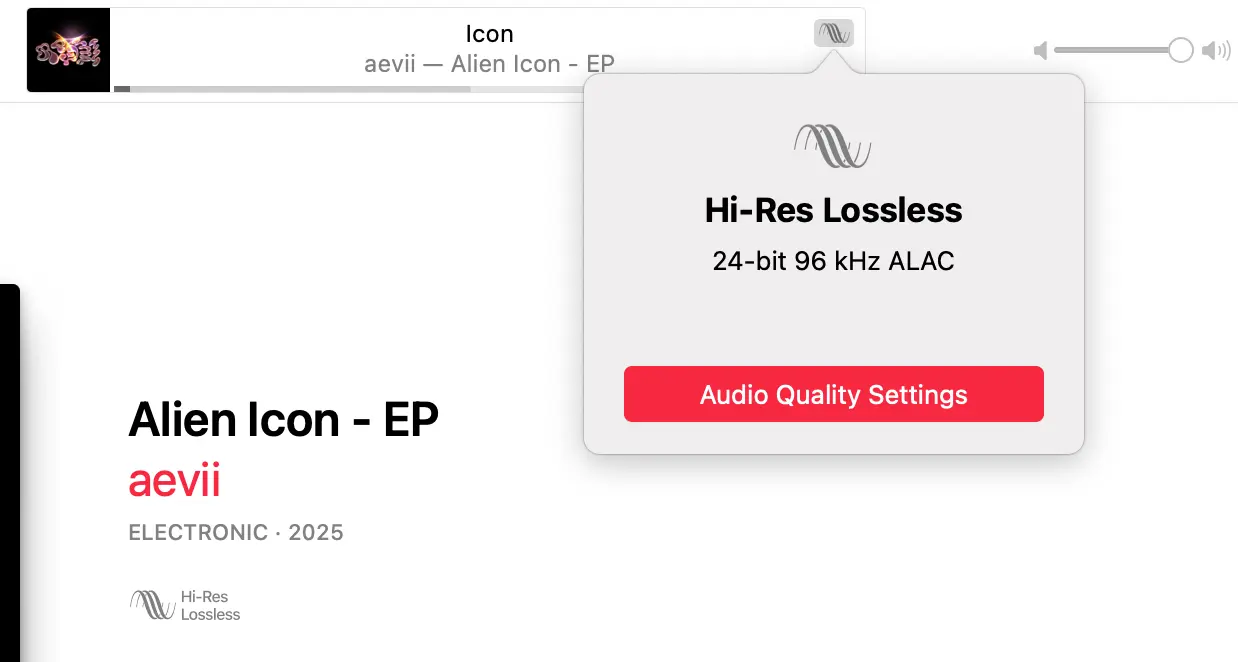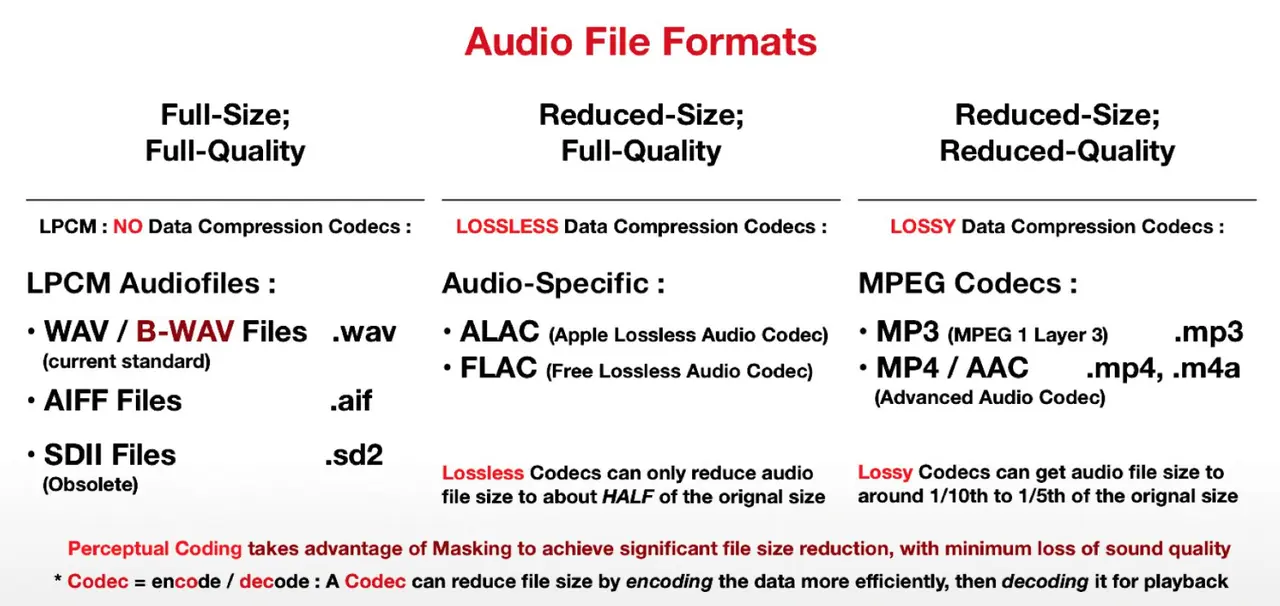why Spotify subscription is a waste of money now and for what reason you should choose Apple Music or Amazon as a streaming service
Written on May 10, 2025 by aevii
✩₊˚.⋆☾⋆⁺₊✧
how to start to understand digital audio, what are its differences from analogue and where to listen to music in good quality without overpaying?
/ disclaimer: this post does not contain advertising integrations or any paid opinions. this is my personal view of the situation and my own recommendations based on objective data. thank you!
introduction
i have always loved music. when I was a kid, I had an old music centre in my room that could play CDs, cassettes and listen to radio stations. i hardly had any CDs or cassettes, so i listened to the radio. my favourite radio station was the one that played western popular songs and their remixes. danceable stuff, in general, hehehehe.
when i was in primary school, i saw someone at school with an mp3 player and asked my parents to buy me a similar one. and they bought me one! and headphones too. i found songs i liked on the internet and downloaded them from mp3 music catalogue sites. i often searched for songs from TV commercials and films on forums. however, my happiness didn't last long, because i successfully lost the player and headphones after a few months, and i cried for a long time about it.
ever since i got a phone — not just any phone, but a samsung galaxy star plus! — i learnt that people listen to music directly on the internet without downloading it. and my first ‘streaming service’ was the russian social network VKontakte, where for the time being music could be listened to absolutely for free (and for a while even without ads). i loved music in VK and for a long, long time listened to music only there. an interesting feature of the service was that you could upload your audio files in different formats and listen to them online, share them with friends in messages and attach them to posts in your feed. very cool. later, of course, all these core features that made people appreciate VK were abolished, and the platform became more and more profit-oriented. not good.
the year is 2025, and the number of popular (!) streaming services i know already exceeds the number of fingers i have. each of them, of course, i think, has its own target audience, but still i have a definite opinion about which of them are worthy of attention and which are not. i will explain sequentially.

☆ the era of digital audio
almost everyone is familiar with modern audio technologies. even my great-grandmother used to use a CD player and listened to albums on discs until she lost the player somewhere XD. however, few common listeners know the differences between formats and methods of recording and transmitting audio. and the differences really are.
the history of recording sound in digital — roughly speaking, electronic — format dates back to the period when there was no such thing as an ‘audio file’ at all. the first prototypes of digital recordings appeared in the early 60s, and consumer digital recordings began to be made in the late 70s of the twentieth century and circulated in the form of cassettes, CDs and, of course, vinyl records.
so what is the difference between analogue and digital recording? physics and mathematics can provide the answer. first i will try to explain it as simply as possible, without abstruse terms.
☆ the difference between analogue and digital
and for my mathematically savvy bros I will explain in more complicated and detailed way:
an analogue recording can only be stored on a medium that uses physical vibrations to record the signal — such as magnetic tape or a vinyl disk. a digital recording, on the other hand, is stored as a set of data that can be reconstructed into a close-to-original signal using a computer or a separate analogue-to-digital/digital-to-analogue decoder (AD/DA decoder) and then listened to directly from the machine or transferred onto physical media as well.
so, it turns out that an analog signal contains 100% of the details of the sound that is being recorded, but in a digital signal this conditional percentage of details may be less, depending on how it was encoded. in digital recording processing, this process is called compression (but not to be confused with sound compression! this thing is different, i'll tell you about it in one of the following posts). compression is used both in digital audio processing and in digital image processing (photo or video). roughly speaking, when processing in digital, we can omit details in the original signal in order to reduce the amount of information and, consequently, the storage space occupied.
oh, i guess i'm being complicated again. to put it simply, in a digital recording we can remove some digits to save space in the device's memory. however the quality may suffer.
usually codec and container are related to each other by some standard (like ISO-MPEG-Audio Layer III aka MPEG-3 Audio standard and its container .mp3), but there are also containers that work with many codecs.
there are two types of audio codecs (and audio files, respectively) — with and without compression. the first category (codecs with compression) is also divided into

☆ the pain
of course, the coolest option for listening is the
the problems of lossy formats are obvious: sound quality drops very badly when compression is high, some frequencies turn into mush, and the tonal balance of the recording changes. it would seem very simple, because the best option is to minimise compression and provide a streaming option in lossless, and then everyone would be happy. however, many companies manipulate their listeners by demanding even more money for improving the quality of the audio stream.
let's not go too far, let's take a look at Spotify. the pioneer of streaming doesn't offer lossless as an option at all, the maximum audio stream quality is 320kbps — the same as downloading a low-compression mp3 file to your phone. meanwhile, Spotify's premium subscription costs $12 for an individual plan. yes, their pricing varies from country to country, but in any case it's objectively very expensive, considering that other services offer better stream quality for less.
moreover, we cannot ignore the fact that Spotify pays artists incredibly poorly, and now the company also funds the development of military AI programs. that's horrible and disgusting.
☆ so what are the better options?
i've been using Apple Music since 2019. the subscription used to cost $6/mo but has now gone up to $11/mo. however, for some regions the price is still the same or has not gone up as much.
for less than Spotify Premium, you get ALAC (Apple Lossless Audio Codec) lossless streaming with studio-quality sound, personalised recommendations, exclusive features (Sing, Dolby Atmos, Apple Digital Masters), and all the same features found in Spotify. you can find almost the same features on Amazon Music Unlimited for the same $11/mo, and for Android users, this service will be even more convenient.
☆ concluding:
in general, what i want to say is that
i sincerely hope the text didn't turn out ultra-mega-boring and you enjoyed it.
